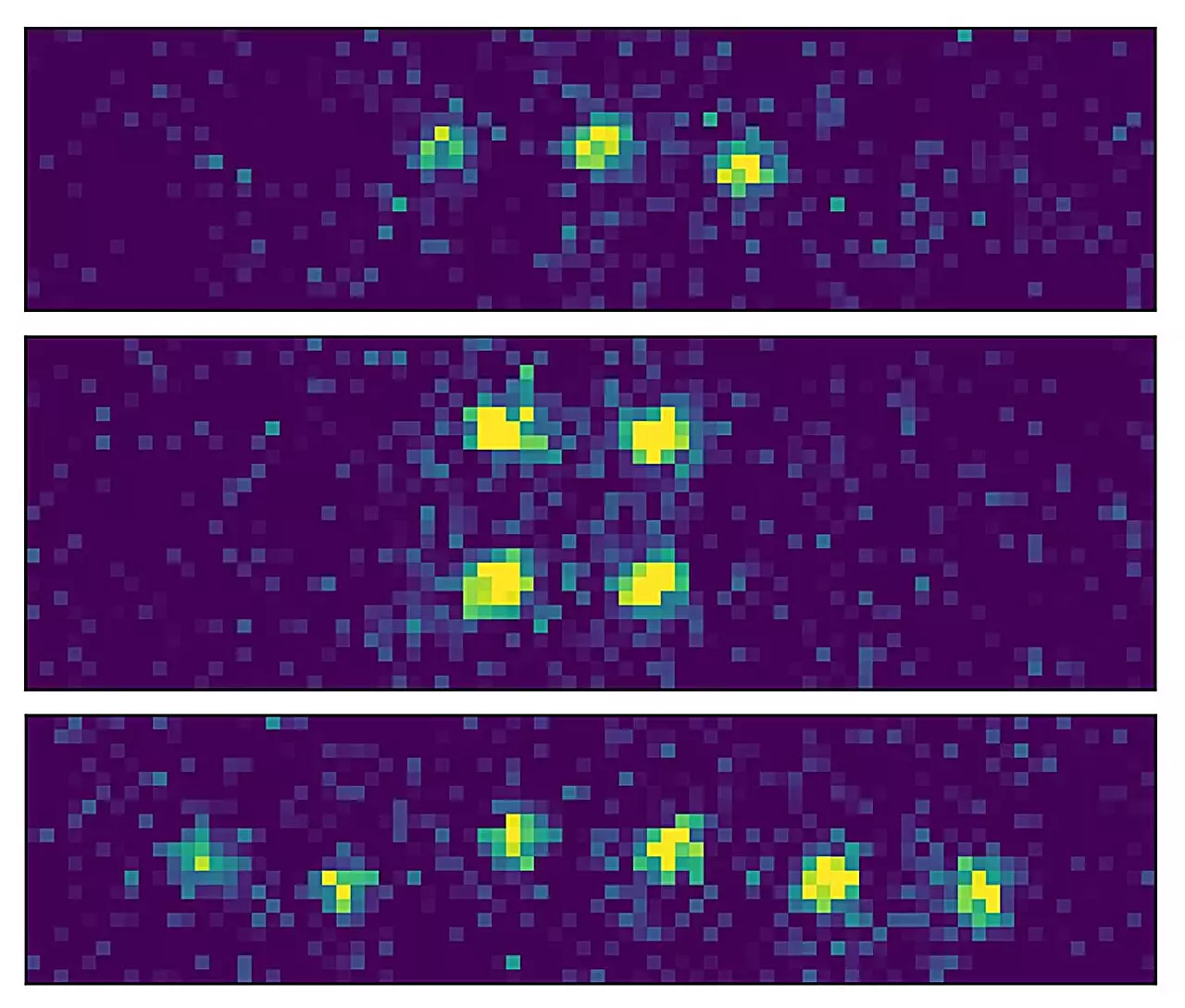Quantum entanglement, often referred to as Einstein’s “spooky action at a distance,” sits at the cutting edge of modern physics. It is not merely a theoretical curiosity, but rather a critical backbone of quantum information science, propelling advancements in quantum computing, secure communication, and the envisioned quantum internet of the future. At its heart lies the delicate and intricate dance between stationary quantum bits, or qubits, and their more mobile counterparts—flying qubits manifested as photons. The inherent challenge, however, resides in the complexity of establishing reliable connections between these differing states of matter, particularly when needing to entangle resting qubits with flying qubits “at the push of a button.”
Recent groundbreaking work led by Gerhard Rempe at the Max Planck Institute of Quantum Optics has made significant strides toward overcoming these obstacles. Published in the illustrious journal Science, the findings present a sophisticated approach to create and maintain entanglement between atoms and photons, utilizing an innovative method of parallel atom entanglement. This critical leap could transform our ability to transmit quantum information efficiently across vast distances, an essential feature of a future quantum communication network.
Innovative Techniques and Experimental Acumen
The breakthrough achieved by Rempe’s team hinged on capturing ultracold rubidium atoms between two meticulously designed mirrors, which serve as near-perfect optical resonators. This strategic architecture enhances the interaction between the trapped atoms and photons, a technique pioneered by Rempe himself. Thus, photons engage dynamically, reflecting multiple times between the mirrors, facilitating reliable entanglement.
By harnessing the precision of optical tweezers, researchers can control up to six atoms individually, amplifying the potential for entanglement with photons. This achievement is monumental; the team successfully demonstrated nearly 100% efficiency in generating atom-photon entanglement, positioning them at the forefront of enabling technology for quantum networks.
As Emanuele Distante, a key figure in the experiment, noted, the implications of this work ripple through two core applications: the communication of quantum data over progressive quantum internet infrastructures and the foundation of distributed quantum computing networks where multiple processors can collaboratively enhance computational power. Exploring these interfaces unveils the future demands for quantum systems as they become increasingly interconnected.
Multiplexing: A Quantum Solution to a Classical Challenge
A pivotal innovation in this context is the application of multiplexing. This approach, already commonplace in classical communication technologies, entails transmitting data over several parallel channels to mitigate losses—akin to a robust radio signal navigating a noisy landscape. This methodology is not only paramount for ensuring that quantum information can traverse longer distances but also serves as a building block for more localized quantum networking.
The implications of such technology cannot be understated. In distributed quantum computing, for instance, multiplexing allows for qubits at rest to interact with flying qubits, promoting efficient entanglement while integrating various processors that collectively form a quantum system capable of unprecedented power. The Garching team’s extensive work on multiplexing amplifies the reliability of quantum communication, expanding the feasibility for practical implementations of a future quantum internet.
The Race for Quantum Networking: Challenges and Implications
Despite the promise these advancements hold, significant challenges persist. For example, the need to retain the integrity of entanglement during transmission over optical fibers cannot be overstated—it is a hurdle fraught with complexities as distances increase. The Garching team has built upon previous successes, where they successfully entangled atoms across a 60-meter glass fiber. Still, amplifying this methodology for longer distances remains an urgent aspiration.
The innovative use of optical tweezers provides a new avenue of investigation; their ability to arrange qubits delicately within a narrow resonator enables precise entanglement with photons. The finely-tuned configurations allow the team to maintain control over the individual atoms, affording them the capacity to entangle each atom with a distinct photon efficiently.
The Future of Quantum Computing and Networking
What remains captivating about the ongoing developments in quantum entanglement is their scalability. The Garching team estimates the methodology could extend to controlling up to 200 atoms within a single resonator. Envisioning a vast network of such resonators, each empowered by hundreds of stable qubits, beckons forth an era where quantum computers might transcend our current technological capabilities.
As optical fibers successfully funnel 100% of entangled photons, the potential for integrating various resonators is tantalizing. Such a network would not only elevate computational power but also pave the way for a revolution in secure communication technologies.
In summation, the advancements in entanglement techniques signify not merely a stepping stone but a quantum leap forward, brimming with opportunities for exploration and discovery in the quantum realm. With researchers like Rempe and Distante spearheading this progress, the future of quantum science appears resplendently bright, teeming with possibilities previously confined to the realm of imagination.

